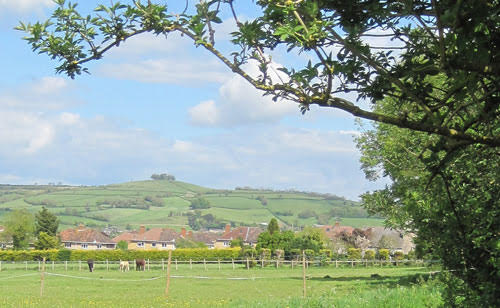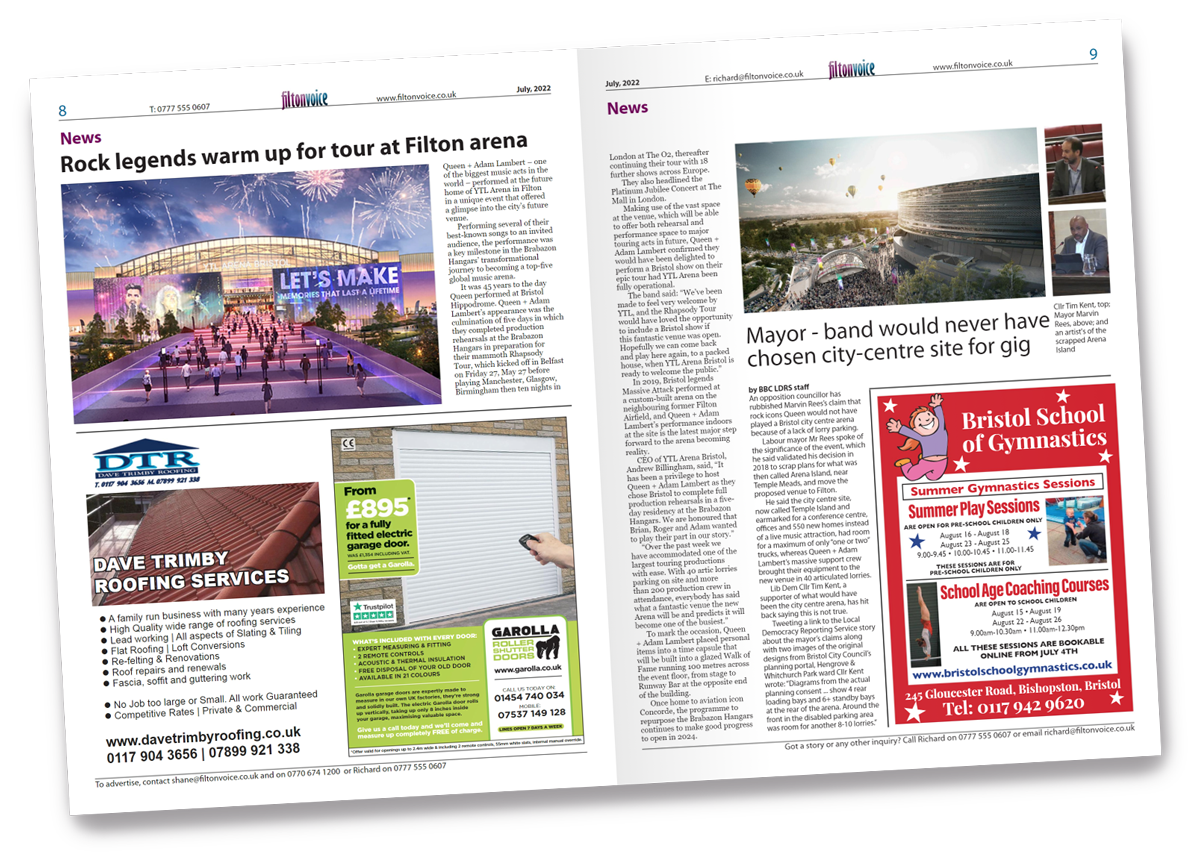PROPOSALS have been unveiled for a substantial rise in the number of new homes to be built in the Keynsham and Saltford areas.
This comes in response to the Government’s revised housing targets, which have nearly doubled the Bath & North East Somerset Council’s initial goal.
The council had previously consulted on a target of 14,000 new homes over 20 years. However, the Government has now set a new target of 27,000 homes over 18 years.
As a result, the number of homes planned for Keynsham has increased from up to 2,410 to up to 4,380, while at Hicks Gate the total has doubled from 750 to 1,550. In Saltford, the figure has risen from 1,300 to 1,650.
Four sites in Whitchurch are earmarked for up to 4,650 homes, and Stockwood Lane could see 300 to 400 new homes being built.
However, proposals for a new village south of Burnett have been dropped from the Local Plan, on the grounds that such new settlements are not guaranteed to meet housing needs during the period of the plan.
The report states that not all housing options will necessarily be taken forward and that the removal of land from the green belt would need “exceptional circumstances to be fully evidenced and justified.”
The council believes that Keynsham, Saltford, Hicks Gate, and Whitchurch village have the potential for growth due to their access to sustainable transport, services, and facilities. It says it plans to work with communities through an autumn programme of consultation and engagement to shape a “shared vision”.
Most of the potential sites for new housing in the district lie along the Bath-to-Bristol corridor. These include Hicks Gate (1,200 to 1,550 homes), North Keynsham (1,900-2,400), west/south-west Keynsham (400-550), and 100 to 130 in other parts of the town.
The report highlights that new communities are likely to look towards Keynsham to meet their day-to-day needs, as well as for certain leisure and cultural activities. This creates opportunities for the town centre to enhance its current role, including the building of a new community centre.
“The local plan will provide a proactive policy framework to enable this to happen and to ensure that town centre sites are developed in a way that supports increased demands,” the report says.
To access the development site in north Keynsham, a road would need to be built, which could also serve as a relief road, removing through-traffic from the town centre. The site would require services and facilities for future residents, such as a primary school, shops, and a cultural facility, such as a hall with a theatre. Walking and cycling routes to the train station, the wider town, and Wellsway School would also be necessary.
In west Keynsham, the two sites previously consulted on have been expanded to cover the entire western edge of the town.
The report emphasises the need to retain local employment. One option involves relocating businesses currently on the Lays Farm Trading Estate within the site, while the other option significantly reduces the number of new homes and retains the trading estate in situ.
Between 80 and 100 new homes could be built on land east of Avon Mill Lane, where existing industrial units could be replaced with more compatible residential use, says the council. However, there have been no discussions with landowners or businesses.
A sustainable transport plan for Keynsham town centre aims to boost public transport, walking, and cycling, with the aim of reducing the need for car parking spaces.
In light of this, the report suggests that both the Labutt car parks could make way for flats, along with half of Ashton Way car park. However, a proposal to build homes on the Tesco car park has been dropped due to new flats being built opposite the car park in Danes Lane.
In west Saltford, two development options are being considered: one to the south of the A4 corridor (650 to 850 homes) and one to the north (300 to 350 homes). The northern option did not appear in the 2024 options report.
Additionally, 350 to 450 homes are identified for south Saltford. New shops and green spaces could be created in the village, along with a primary school. There could be scope for more homes if Saltford gets a new railway station, a possibility being explored by the West of England Combined Authority.
During the public consultation on the 2024 options, Keynsham residents raised concerns about the protection of the green belt, increased traffic, and the lack of good public transport.
In Saltford, concerns were raised about the loss of farmland, the threat to the village’s rural character, and increased traffic on the A4. There was widespread support for a new railway station.
Duncan Hounsell, Lib Dem councillor for Saltford ward on B&NES Council, voiced his concerns about the new housing targets for the village.
He said: “Saltford is a village washed over by the green belt and the scale of proposed developments would change the essential character of Saltford.”
He highlighted the significant historic and landscape value of the Saltford South option and the potential harm to the setting of the historic conservation area in Saltford West.
Traffic from Saltford South and Saltford West (south of the A4) would put extra pressure on the already congested main Bath Road, he said.
“Saltford Liberal Democrats will resist all inappropriate development as they have done in the past.”
The council’s Local Plan Options report was due to go out to public consultation on October 3, running until November 14.
For more information about the consultation, including pop-up events in Keynsham and other affected areas, visit https://bathnesplaces.co.uk/ after October 3.
Pictured above, the green belt around Saltford Photo: Phil Harding
More homes set to be built in the green belt


